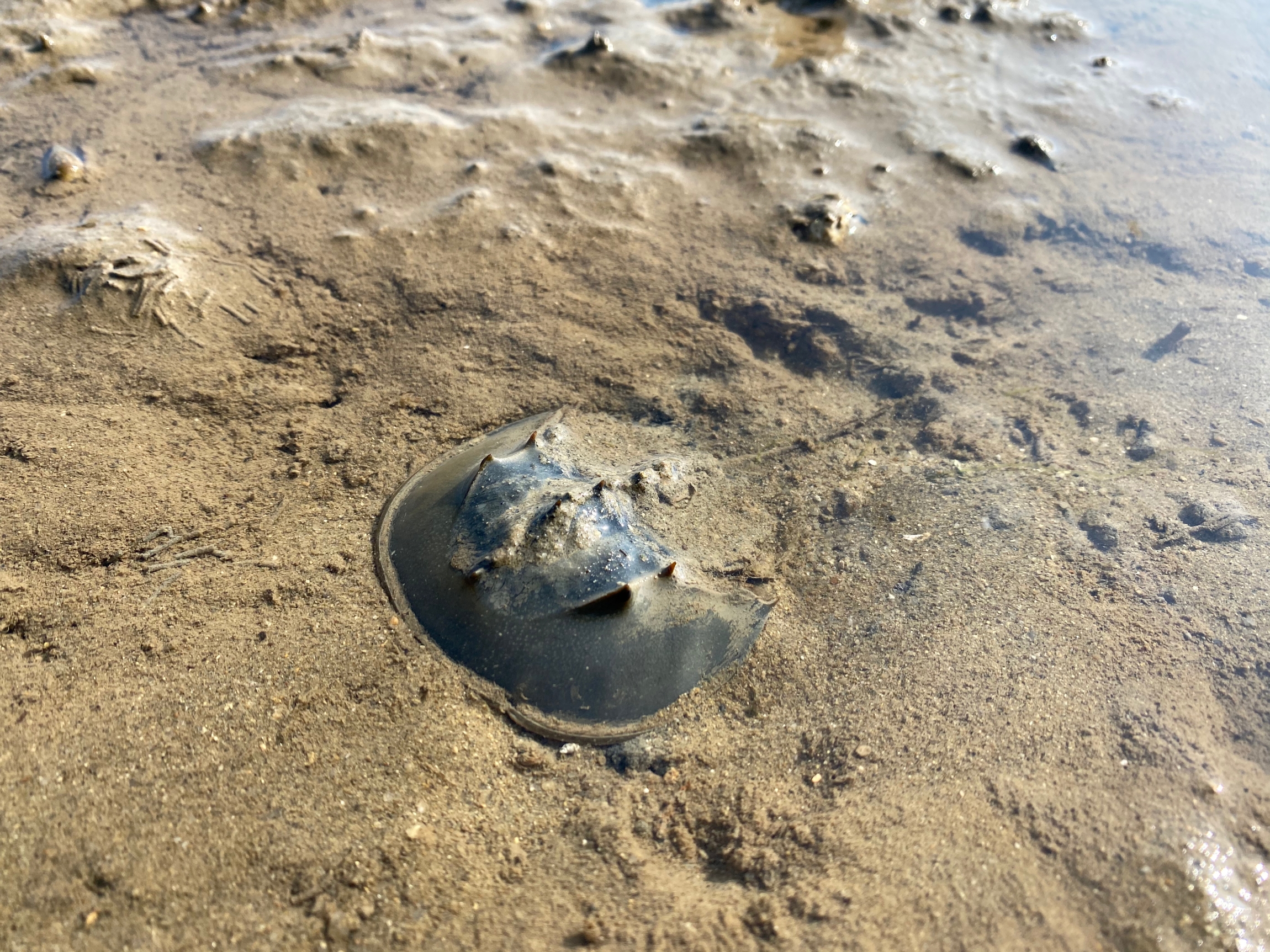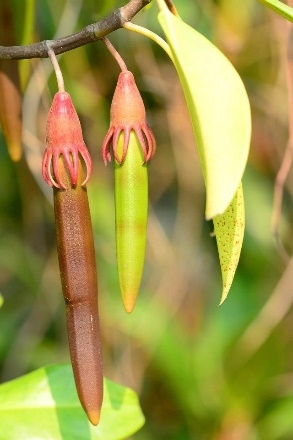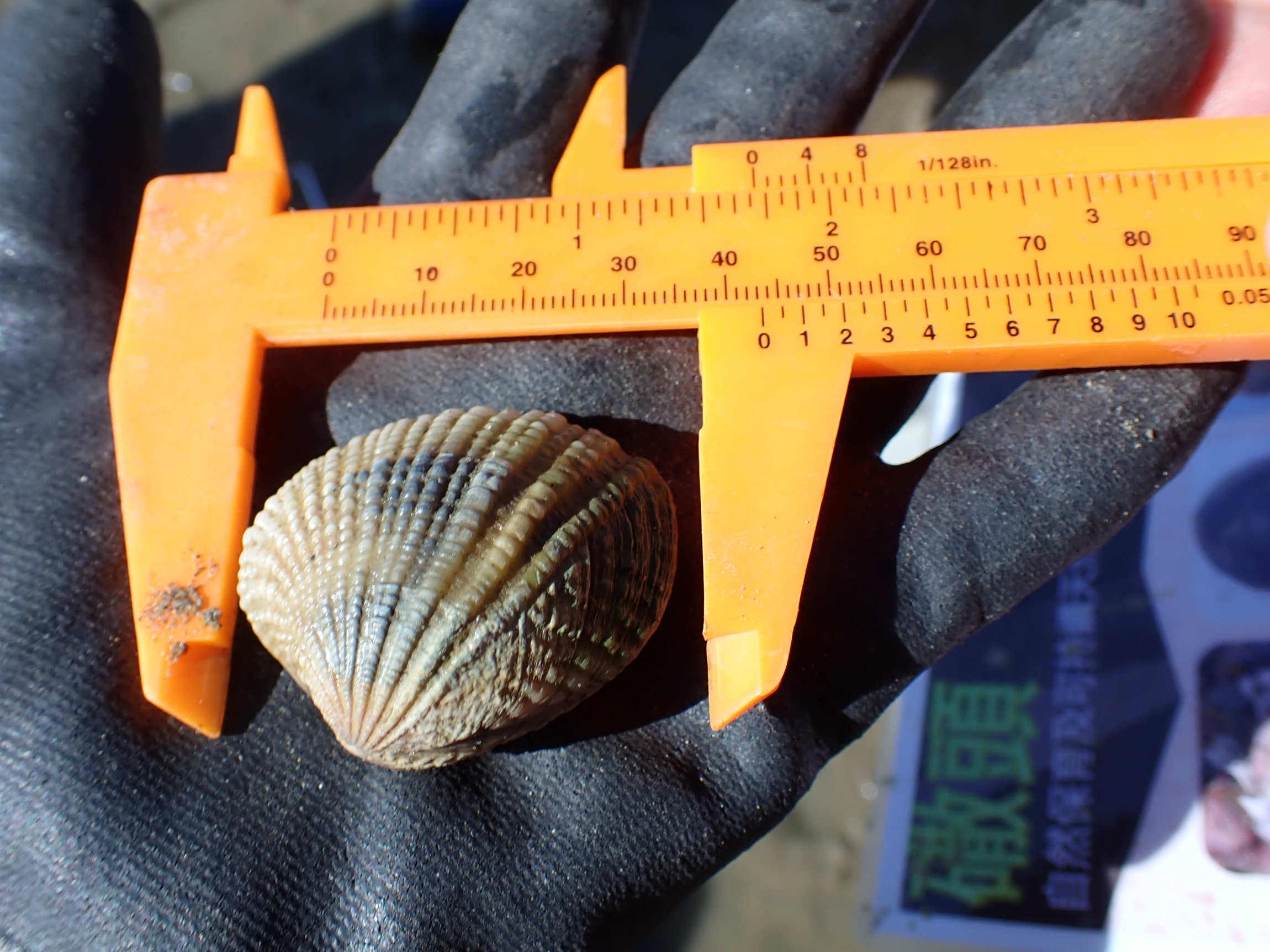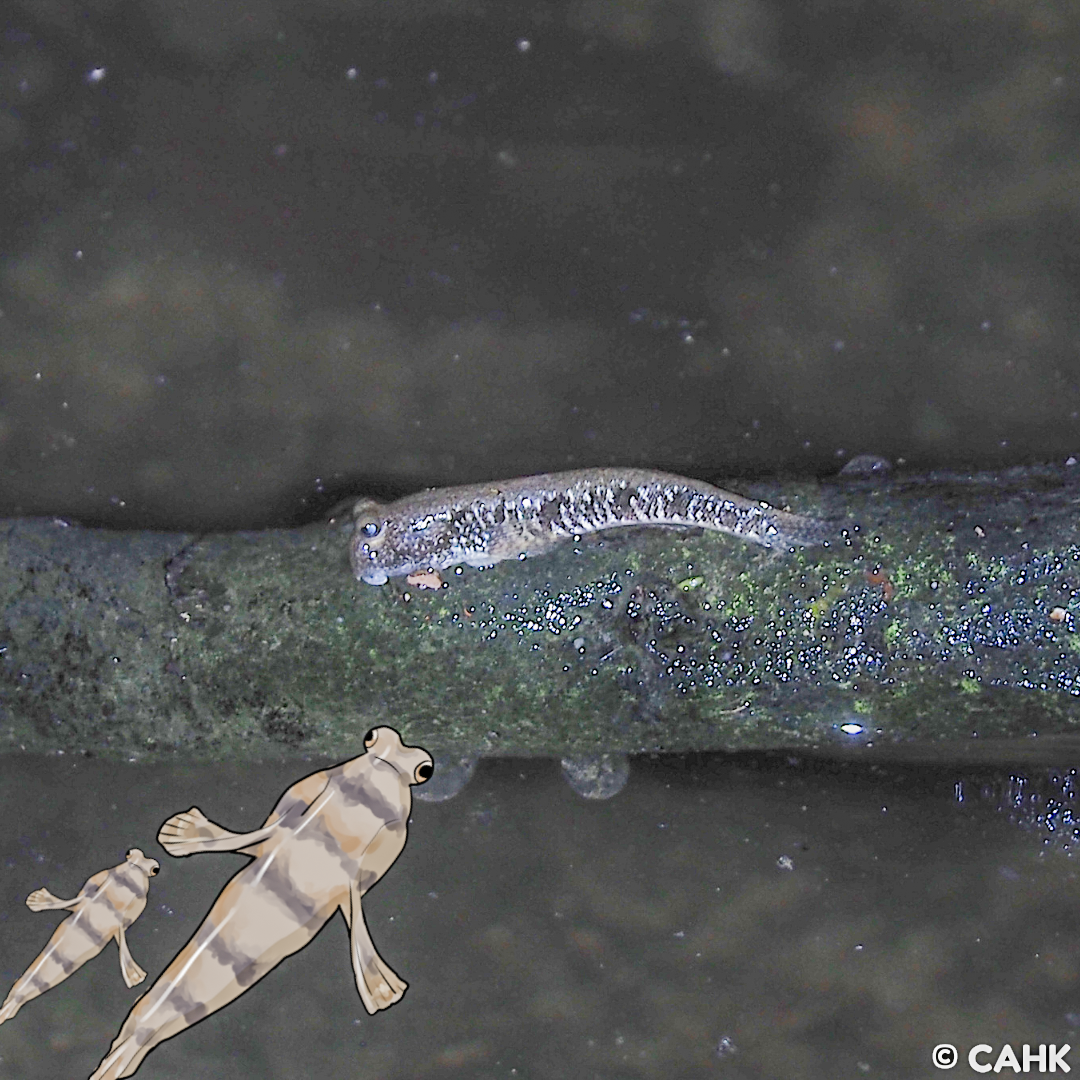The Conservancy Association was honorably invited by local villagers to work together and launched “San Tau Nature Conservation and Sustainable Use of Nature Resources – an Education and Engagement Project” funded by Lantau Conservation Fund in 2021. The project invited the local community, schools and general public to participate in ecological surveys and investigate the impact from shellfish digging activities on local ecology. We believe that through active engagement, the project could raise participant’s awareness on conservation of rural villages and natural resources. Data collected from the project will be used for education purposes and also facilitate the development of long term conservation strategy.
Funded by: Lantau Conservation Fund and Sustainable Lantau office
Organizer: The Conservancy Association
Supporting Parties:
San Tau Village Office
Caritas Chan Chun Ha Field Studies Centre
Hong Kong Marine Ecological Association
South China Research Center, The Hong Kong University of Science and Technology
Site information:
San Tau shall not be strange to hikers as it is the first stop of the Tung-O ancient trail, a route the villagers used to travel from Tung Chung to Tai O. It is located at the west of Tung Chung right opposite The Hong Kong International Airport but not just a place for observing planes, but also rich in biodiversity.

Endangered Chinese horseshoe crab (Tachypleus tridentatus)
Since 1984, 2.7 ha mangrove and mudflat have been designated as Site of Special Scientific Interest (SSSI) to protect the rare but vulnerable seagrass bed in San Tau. Apart from that, San Tau is one of the few horseshoe crabs breeding and nursury grounds in Hong Kong that contains both two species (Chinese horseshoe crab Tachypleus tridentatus and mangrove horseshoe crab Carcinoscorpius rotundicauda).
 Locally restricted mangrove - Many-petaled Mangrove (Bruguiera gymnorrhiza)
Locally restricted mangrove - Many-petaled Mangrove (Bruguiera gymnorrhiza)
Additionally, a locally restricted mangrove, Many-petaled Mangrove (Bruguiera gymnorrhiza), also lives in San Tau, reflecting the indispensable ecological importance of San Tau. However, citizens might have another perspective on San Tau in recent years, which is shellfish digging. During the time diggers took buckets of clams home, villagers observed the size of shellfish have been reduced a lot. Moreover, the mudflat diggers collecting clams are home to many other organisms, which digging would cause severe impact to them, especially those living under the surface. Therefore, we, CAHK, are funded by the Lantau Conservation Fund and Sustainable Lantau office, to work with San Tau villagers on developing sustainable use of village and natural resources.
Our work:
Being an education and engagement project, your participation and support are of utmost importance. The public events of this project are mainly divided into three parts, the "San Tau Environmental and Ecological Ambassador training scheme", "Citizen science Coastal Ecological Survey Scheme" and "Seashore Cleanup Activity". Under the pandemic situation, we managed online ambassador training programs in previous months, inviting experts in marine ecology, cultural history and citizen science to share knowledge and experience. A total of 32 ambassadors finished the training and leading citizen scientist for the mudflat ecological survey in 2022.

Mudflat ecological survey
"Citizen science Coastal Ecological Survey Scheme" last from April to December 2022, in this scheme, participants would have hands-on experience in marine ecological surveys and environmental data collection under the guidance of San Tau Environmental and Ecological Ambassadors. Participants could raise their understanding to marine habitat and rebuild connections to nature with close contact through identifying organisms and data collection in surveys. We wish to raise awareness of the importance of sustainable development throughout the scheme. This event is open to secondary schools and public organizations, and aim to allow citizens getting involved in research and conservation projects, but the application has already been closed.
Participants would clean the beach but also get to know marine organisms in "Seashore Cleanup Activity" at the same time, we would try to link up different groups of marine rubbish and our daily lives. Details would be released soon, please keep an eye on your webpage and social media.
We are also carrying out regular terrestrial and coastal baseline surveys for designing a long-term conservation plan. Also, we work closely with villagers on agriculture rehabilitation to pursue sustainable rural development.
Fun facts: Climbing trees to catch fish?
Climbing a tree to catch fish is a Chinese idiom talking about the action carried out is unable to reach the goal, as usually we cannot find a fish up on a tree.
However, we could really find fishes up on the tree in Southeast Asia!
Periophthalmus variabilis contains pelvic fins that could help them get attached to the surface and provide them with the ability to climb trees. We cannot find them in Hong Kong but their relatives, Periophthalmus modestus and Periophthalmus magnuspinnatus from the same genus. You may keep an eye on them if you visit the mangroves and see if they will climb trees also!

Attached with Periophthalmus magnuspinnatus on the cable above water.

